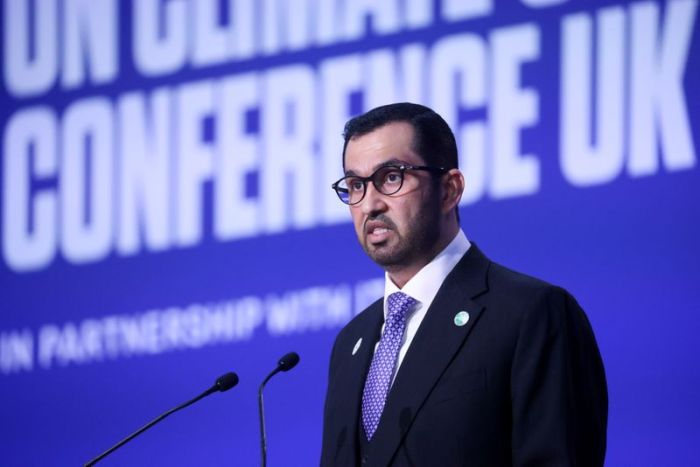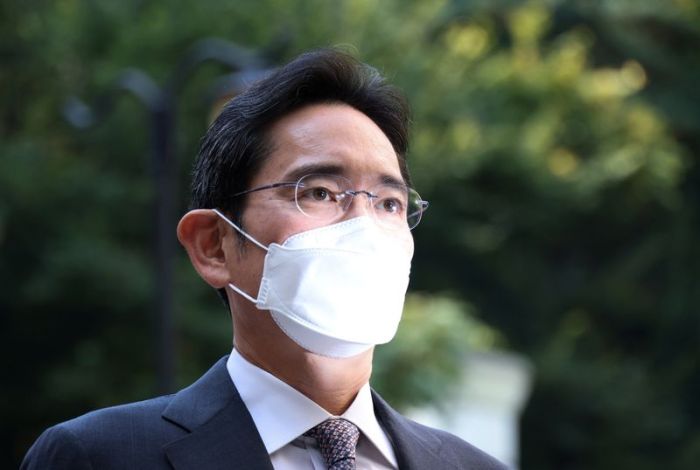By Tim Hepher and Rajesh Kumar Singh
DUBAI (Reuters) -GE Aviation is ready to look at acquisitions to top up its portfolio with technologies that could help it shape the future of flight, without waiting for a planned break-up of its parent General Electric Co , its top executive said on Monday.
“(If there is) alignment with our strategic goals and assuming that the business case makes sense, we are open to look at opportunities,” GE Aviation Chief Executive John Slattery told Reuters.
“I want to be clear that our opportunities to be strategic in the marketplace are effective today,” he said in an interview at the Dubai Airshow, adding such opportunities “probably run deeper and wider” in systems such as electric power systems than in jet engines.
“We do want to grow; the opportunities are there within our ecosystem of aerospace and defense so there will be plenty of opportunities for growth,” Slattery said.
He stressed the world’s largest aero engine maker felt under “no undue pressure” to make external investments.
General Electric (GE) last week announced plans to spin off its businesses into three public companies, marking the end of the 129-year-old conglomerate.
The Boston-based company will separate the healthcare company in early 2023. It will combine GE Renewable Energy, GE Power and GE Digital and spin off the business in early 2024.
Following the split, it will become an aviation company, helmed by Chairman and Chief Executive Larry Culp.
The aviation company will inherit GE’s other assets and liabilities, including its runoff insurance business.
Slattery said GE Aviation had not been placed under any restrictions by Culp or the board limiting its ability to look at adjacent technologies “or other inorganic opportunities” – as long as they fit the strategy and have a good business case.
“If they do, we are not time-bound in terms of waiting until the spin-offs occur,” Slattery said.
BROADER APERTURE
“I think it is probably fair to say the opportunities to broaden the aperture … probably run deeper and wider in our systems business than they would in inorganic (acquisition) opportunities on the commercial or military engine front.”
Analysts say high-tech systems and associated technologies are key to the future of aircraft which will see a more seamless integration between powerplants and airframes than in the past.
GE Aviation’s main competitor in engines for in-demand narrowbody commercial jet engines and in military jet engines, Pratt & Whitney, is part of the Raytheon Technologies conglomerate that combines a broad slate of aircraft systems.
In the past three years, Culp has focused on reducing debt by selling assets.
After a $30 billion deal in March to merge GE’s jet-leasing unit with Ireland’s AerCap, Culp said GE would look to “play more offense” to grow its industrial business.
Since then, the company has pursued “bolt-on” acquisitions in the healthcare space.
GE and French partner Safran have announced proposals for a new open-fan jet engine that would include some hybrid-electric power, while electrification is seen as one promising path for decarbonisation of smaller aircraft.
Current-generation engines and aircraft systems are already interconnected to a growing extent, generating service revenues.
Systems and other items generated about $4.5 billion in revenue in 2020, accounting for about one-fifth of GE Aviation’s revenue. The share went up from 13% in 2019 as revenues from commercial engines and services were depressed by COVID-19.
GE has not described the new structure in detail.
Asked about his role after the planned GE break-up, Irish-born Slattery said GE Aviation would continue to exist as a unit within an aero-focused GE and that he would continue to run it under Culp after joining from Brazil’s Embraer last year.
GE would also independently hold equity interests in AerCap and Baker Hughes as well as a number of legacy liabilities that would be managed independently of GE Aviation, he said.
“I am excited about the opportunity to continue to work with Larry in the years ahead and to learn from him and to fly his wing and let him fly my wing,” Slattery said.
(Reporting by Tim Hepher and Rajesh Kumar SinghEditing by David Evans, Mark Potter and David Gregorio)
























